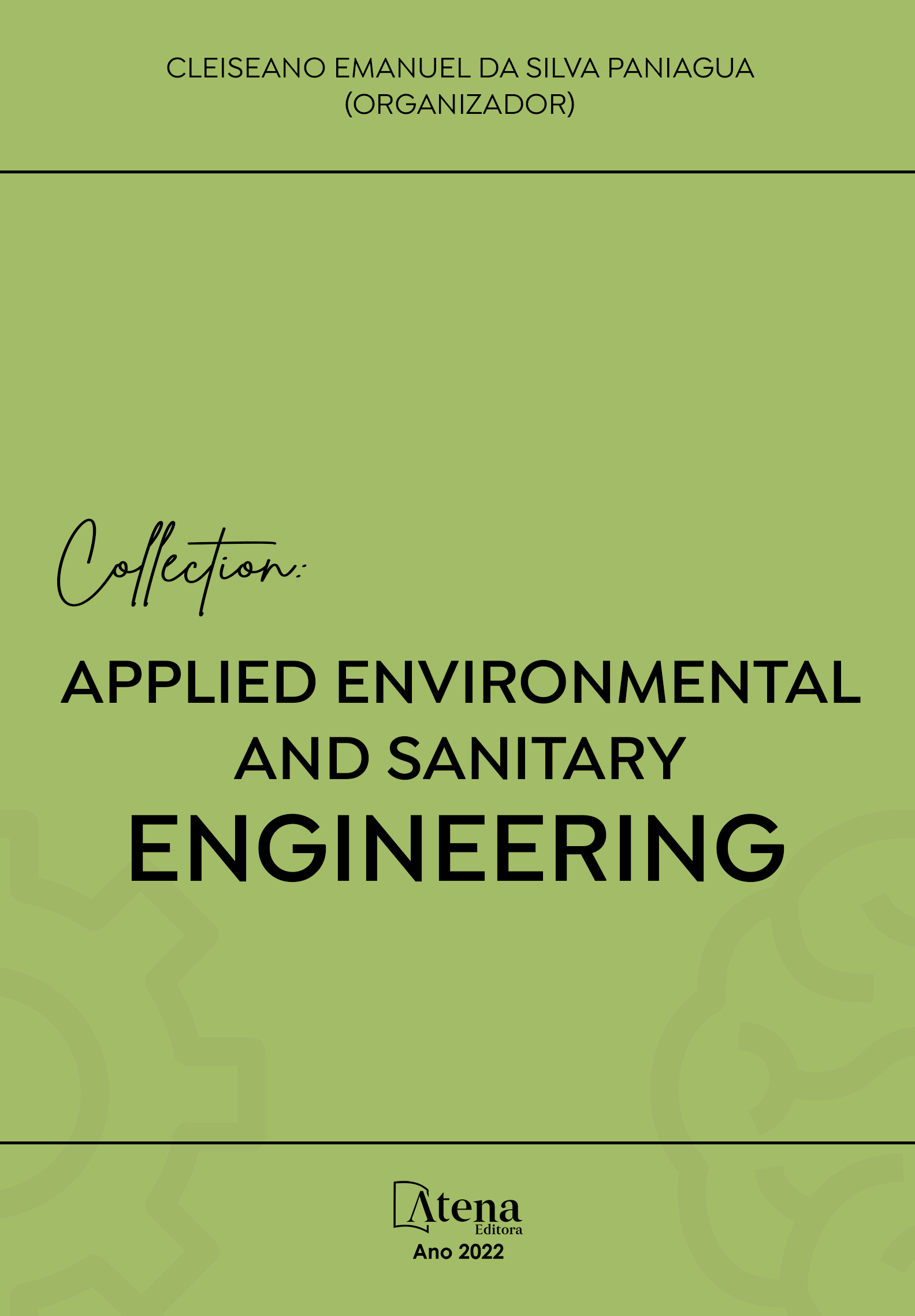
DETECTION AND QUANTIFICATION OF MULTIRESIDE PESTICIDES AND PHARMACEUTICALS IN FOODS OF ANIMAL ORIGIN USING THE QuEChERS METHOD IN PREPARATION OF SAMPLES
Contaminants of Emerging Concern (CECs) began to be detected and quantified in the 1990s, after the advent and improvement of analytical techniques capable of quantifying on trace (µg/L) and ultra-trace (ng/L ) in aqueous matrices. The unrestrained growth of the human population and the need to increase the production of food of plant and animal origin associated with the improvement of methods for sample preparation and multi-residue determination such as QuEChERS (Fast, Easy, Cheap, Effective, Robust, Safe). Therefore, the detection and quantification of CEC residues in living organisms used for human consumption raised an alert by developed countries that aroused the interest of the scientific community and enabled both the inclusion of new contaminants, as well as the change of Maximum Allowed Values (MAV) by environmental agencies in the United States (USEPA), European Union (EU) and some Asian countries that started to require agricultural commodities destined for human consumption to present a quality assurance seal in relation to waste MAV in accordance with legislation national. In this sense, this work aims to present and discuss several studies that prove the presence of pesticide and pharmaceuticals residues in foods of animal origin, present in human food.
DETECTION AND QUANTIFICATION OF MULTIRESIDE PESTICIDES AND PHARMACEUTICALS IN FOODS OF ANIMAL ORIGIN USING THE QuEChERS METHOD IN PREPARATION OF SAMPLES
-
DOI: 10.22533/at.ed.57822190119
-
Palavras-chave: Contaminants Emerging Concern, trace and ultra-trace analysis, food, multi-waste and agricultural commodities.
-
Keywords: Contaminants Emerging Concern, trace and ultra-trace analysis, food, multi-waste and agricultural commodities.
-
Abstract:
Contaminants of Emerging Concern (CECs) began to be detected and quantified in the 1990s, after the advent and improvement of analytical techniques capable of quantifying on trace (µg/L) and ultra-trace (ng/L ) in aqueous matrices. The unrestrained growth of the human population and the need to increase the production of food of plant and animal origin associated with the improvement of methods for sample preparation and multi-residue determination such as QuEChERS (Fast, Easy, Cheap, Effective, Robust, Safe). Therefore, the detection and quantification of CEC residues in living organisms used for human consumption raised an alert by developed countries that aroused the interest of the scientific community and enabled both the inclusion of new contaminants, as well as the change of Maximum Allowed Values (MAV) by environmental agencies in the United States (USEPA), European Union (EU) and some Asian countries that started to require agricultural commodities destined for human consumption to present a quality assurance seal in relation to waste MAV in accordance with legislation national. In this sense, this work aims to present and discuss several studies that prove the presence of pesticide and pharmaceuticals residues in foods of animal origin, present in human food.
-
Número de páginas: 15
- Bruno Elias dos Santos Costa
- Anelise dos Santos Mendonça Soares
- Valdinei de Oliveira Santos
- Cleiseano Emanuel da Silva Paniagua


